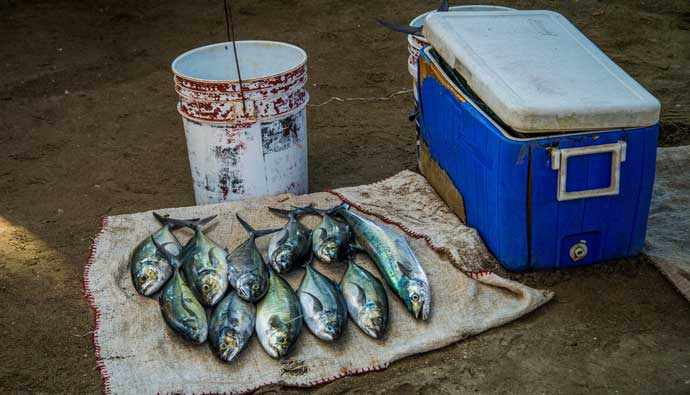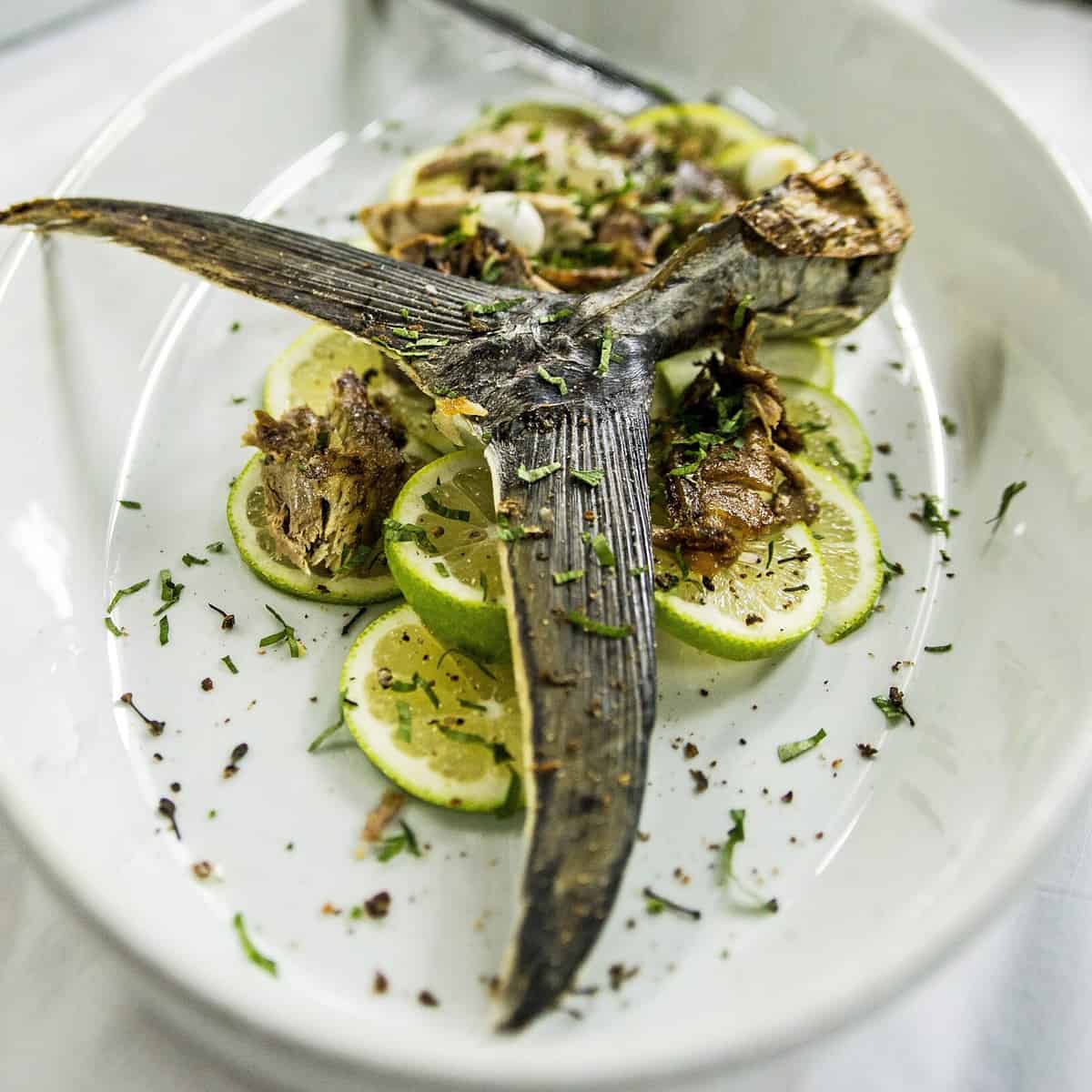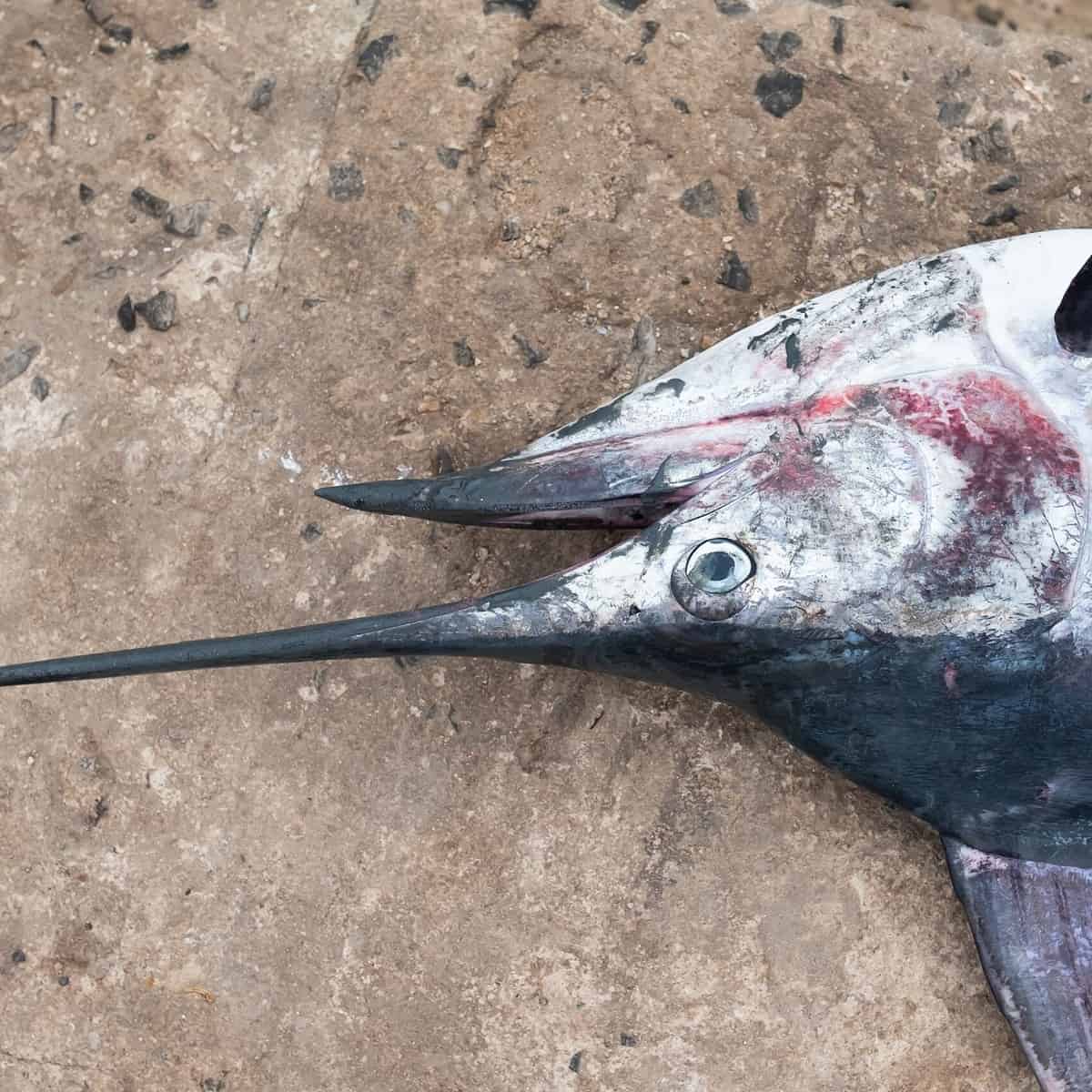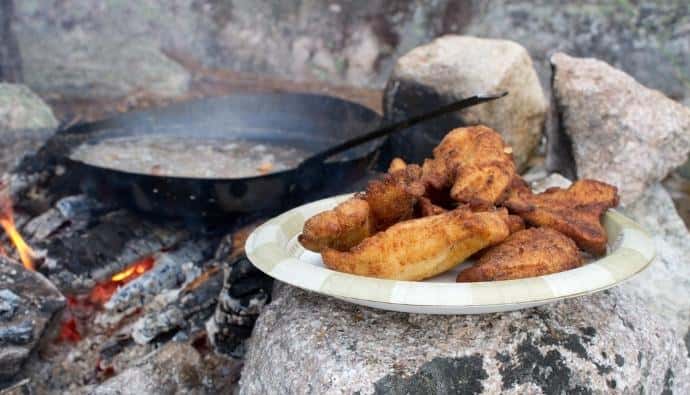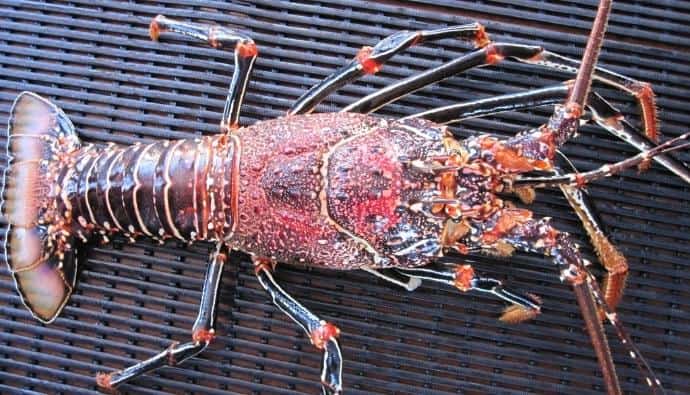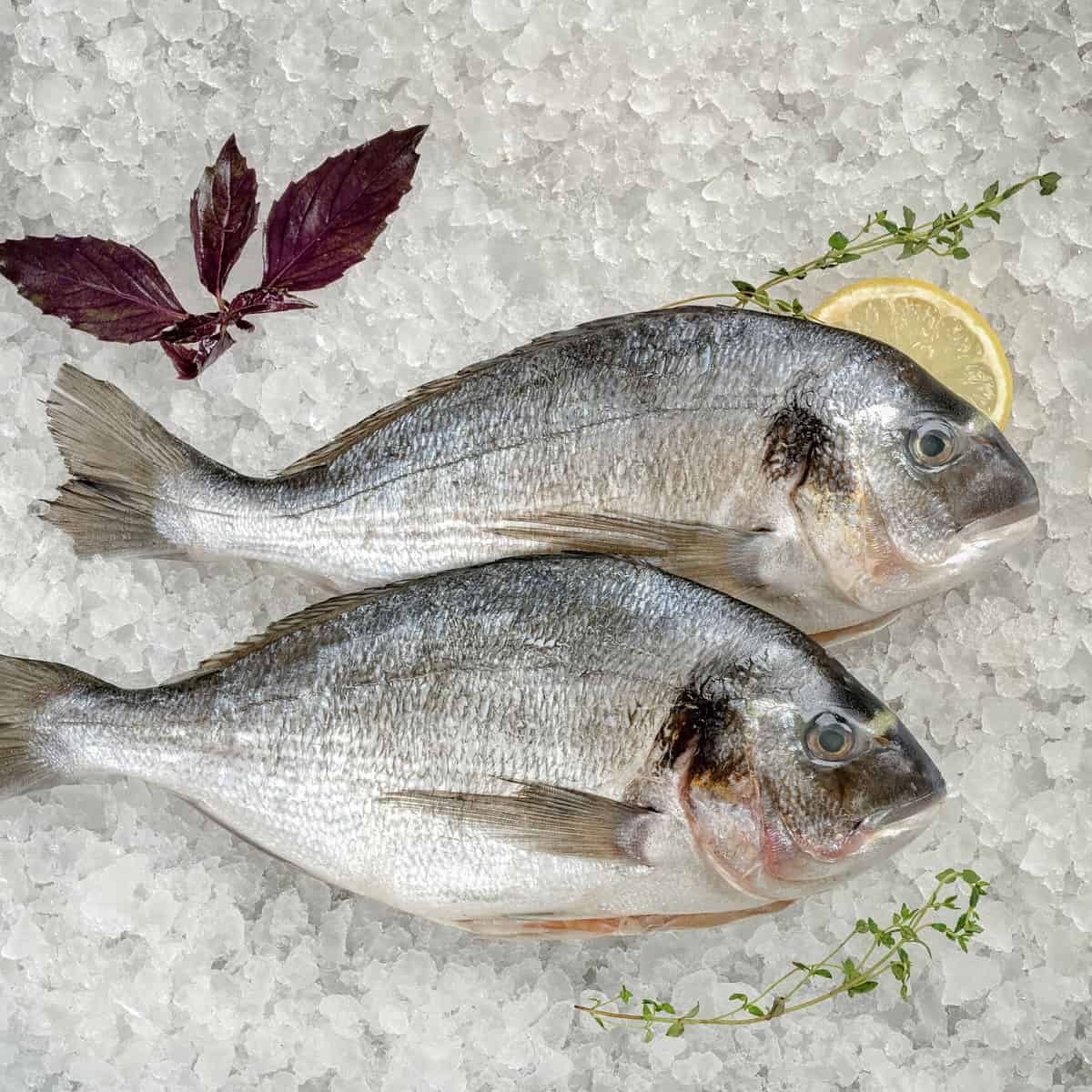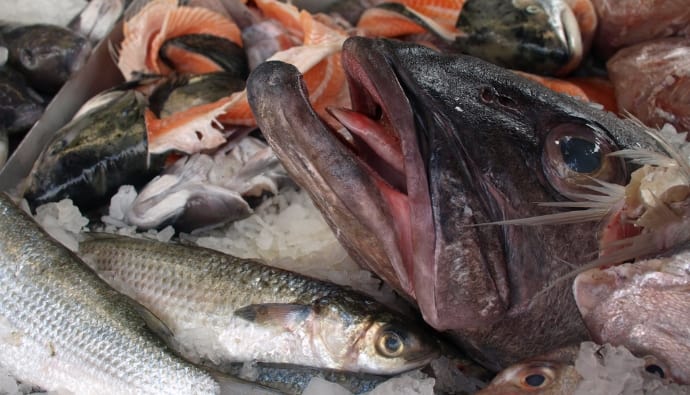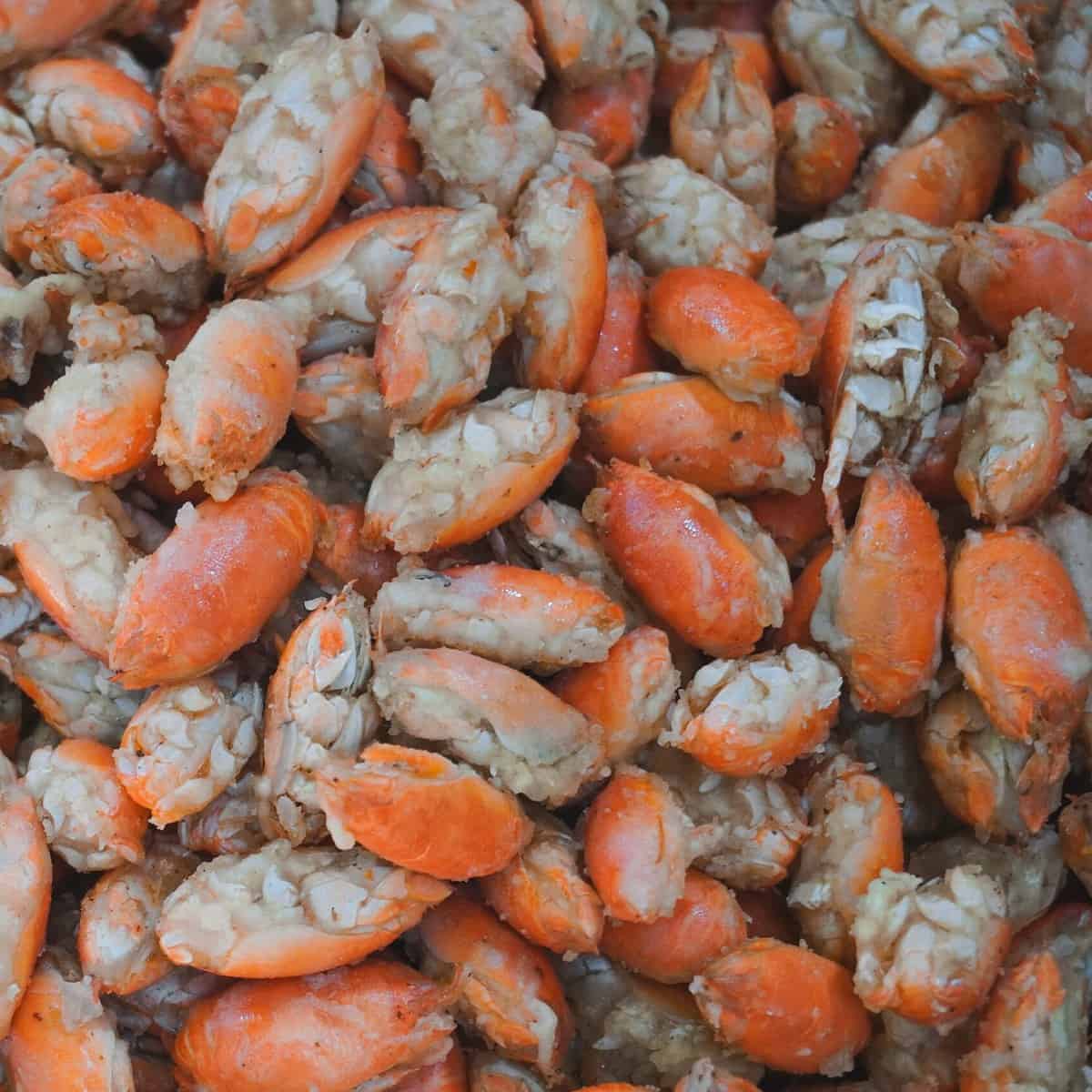For a long time, I have been tossing live crabs into a large pot of boiling water to cook. As a result, I had a lot of mess to deal with at the dinner table. This made me hate cooked crabs, although I loved eating them.
With time, however, I discovered that, like most people, I was missing an essential step; cleaning.
A cleaned crab is less messy and allows seasoning flavors to soak in as it cooks. So, how do you clean a blue crab without getting pinched? Do you kill it first, or do you clean it alive?
Here is an in-depth guideline on how to clean a blue crab.
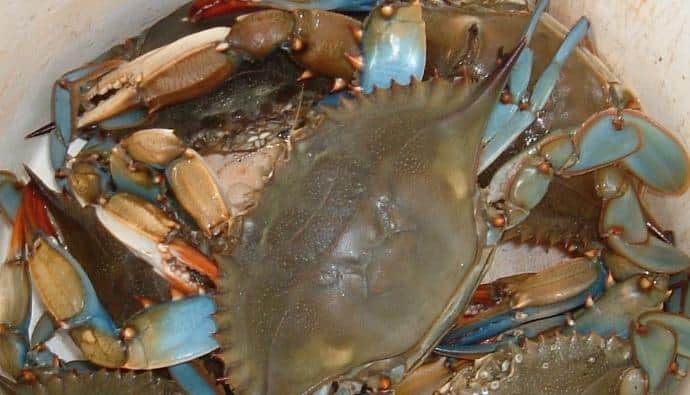
A Step-By-Step Process of Cleaning Blue Crabs
When making crab boils, it is okay to use whole blue crabs. For this recipe, you don’t need to clean the crabs. Just sprinkle some salt and seasoning, and you are good to go.
But if you want to cook crab soup recipes or other dishes with crab meat, it is preferable first to wash the crabs thoroughly. Cleaning helps to remove gills and guts and make the crab meat more enjoyable.
Here is how the cleaning process goes:
- Step 1: Choose the Right Crab
This step is applicable, more so, to blue crab harvesters.
Some areas prohibit or limit the harvest of female crabs, while others have a minimum size limit for the crabs harvested. As such, it is recommendable to check your local legislation to see if it applies to your area.
How Do You Tell Male from Female Crabs?
The easiest way is to flip the crab over and observe its belly. The apron of a male crab is skinny and long, while that of a female crab forms a broad triangle. You can also know the female crab by its bright-red tips on the claws.
Even if your area does not prohibit harvesting female crabs, consider limiting the number of females you catch. Toss them back into the water so that they can continue reproducing. - Step 2: Killing the Crab
You cannot clean a whole crab. You must remove its back shell first to expose the insides. Removing the shell cannot happen if the crab is live. So, you will have to kill it first.
The most humane way of killing a crab is by numbing its body first. Put the crab in a cooler of ice right after removing it from the net or trap. Let it sit for about 30 minutes to numb completely.
If you don’t have a cooler, you can put the crab in a bait bucket and submerge it in ice water for some time. Either way, the goal here is to numb it.
Always keep the water in the cooler drained so that the crabs do not warm back up. If you are using ice water in a bowl, ensure that you replenish the ice from time to time.
Using metal tongs, remove the crab from the ice/ ice water and lay it on its back. Stab the crab’s underside one inch below the mouth at the peak of the apron.
One stab is enough to take the crab down.
The other way is to boil crabs. First, numb the crab in a freezer for 15 minutes, then drop it in an uncovered pot and let it boil for one minute.
After one minute, your crab will be dead. Remove it from the pot and immediately dip it in an ice pick to cool and stop cooking. - Step 3: Take Off the Shell
Now that the crab is dead, you can pull off its shell without getting pinched. Stick your thumbs in the small hole at the crab’s back side of the body. Pull in the opposite direction to tear the top of the crab’s shell.
You will notice that the two front legs will fall off after the tear. If they don’t, pull them off gently. Discard the top part of the crab’s shell.
Flip the crab and insert the tip of your butter knife under the abdomen, at the edge of the triangle. Then pull it off with your fingers. - Step 4: Clean the Insides
The first step is to remove the crab’s gills. These are the thin grey muscles on the sides of a crab’s inner body. Hold them with your fingers, pull them out and discard them. Then, scoop out the insides.
Between the gills, there are guts covered in thin tissue. Tear off the covering and scoop out them using your fingers or a spoon. You can discard the guts or keep them for seasoning the crab meat; however, be careful not to throw away the meat as it is slightly below where the gills were.
Now that the digestive tract is out of the way rinse the inside and outside thoroughly. Hold the crab under running water or rinse it in a bowl until all the residues are out.
You can also spray out the insides using a garden hose. Cut your crab in the middle, then into quarters, and store it in ice until ready to cook.
Cooking the Blue Crabs
You can cook blue crabs in various ways. They could be steamed, boiled, grilled, or mixed in other recipes.
Just like fish, crab is a popular dish in many regions of the world. One of my favorite crab recipes is to boil it. Flavoring the crab with old bay seasoning or Chesapeake Bay seasoning and salt produces excellent results.
You can purchase fresh crabs from a fish and seafood supply outlet in your locality. They are best served hot!
You can also watch this video:
Related Questions
Yes, you need to clean your crabs before cooking, more so when making crab soup or other dishes. Cleaning minimizes the mess from guts and gills while eating blue crabs and allows the seasoning to soak in the crab meat.
After killing the crab, remove the shell and split it open to remove the insides. Then, rinse it in a water bowl until clean, or spray the insides with a hose.
The ideal time to soak blue crabs is 30 minutes to one hour. The longer you soak them, the spicier they become.
A live crab can pinch you if you try to clean it. You will need to remove the shell first before cleaning.
Conclusion
Although blue crabs and fish were popular among people who lived along the coasts, the world is evolving. Many people are now embracing the nutritional benefits of consuming seafood.
Cleaning a blue crab is easy and fast when you follow the correct process. Simply split the top of the shell, then clean out the digestive tract. Remember to soak your crabs in ice before killing them to keep the process humane.




 Facebook
Facebook YouTube
YouTube